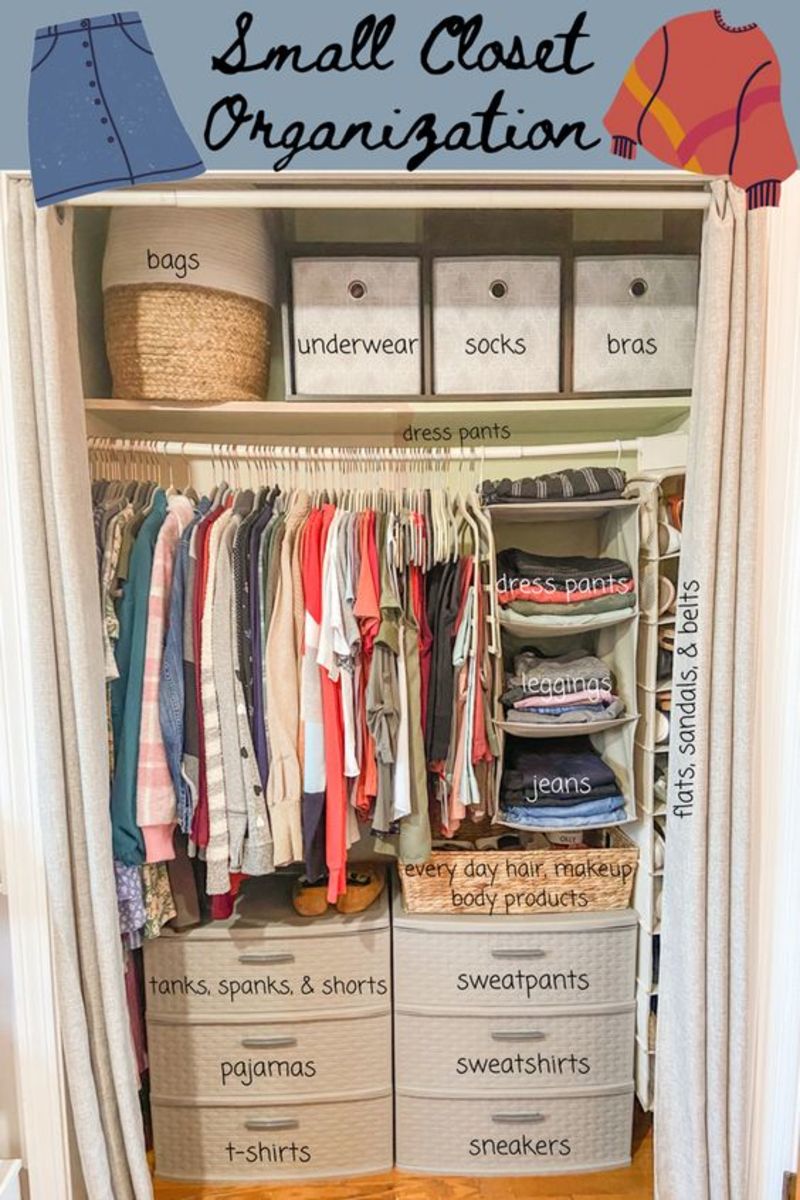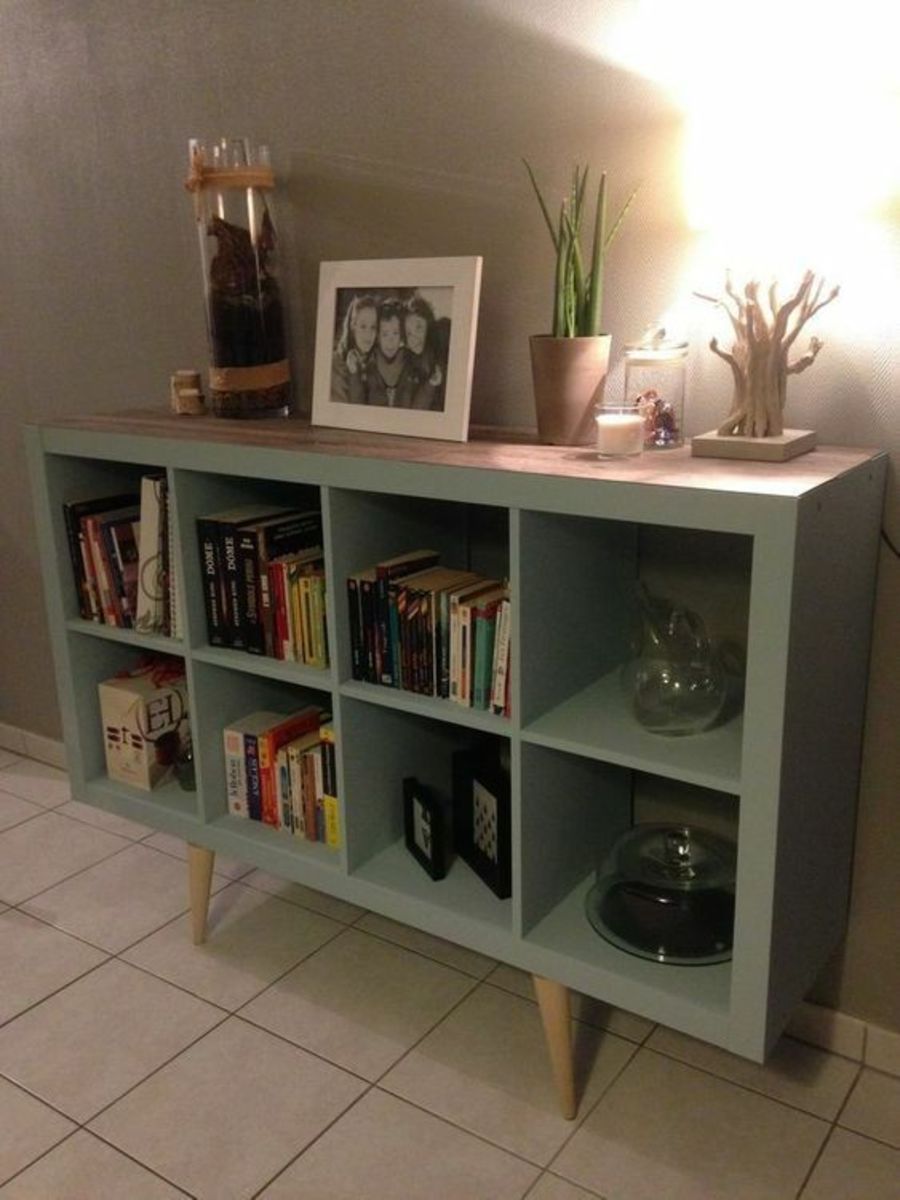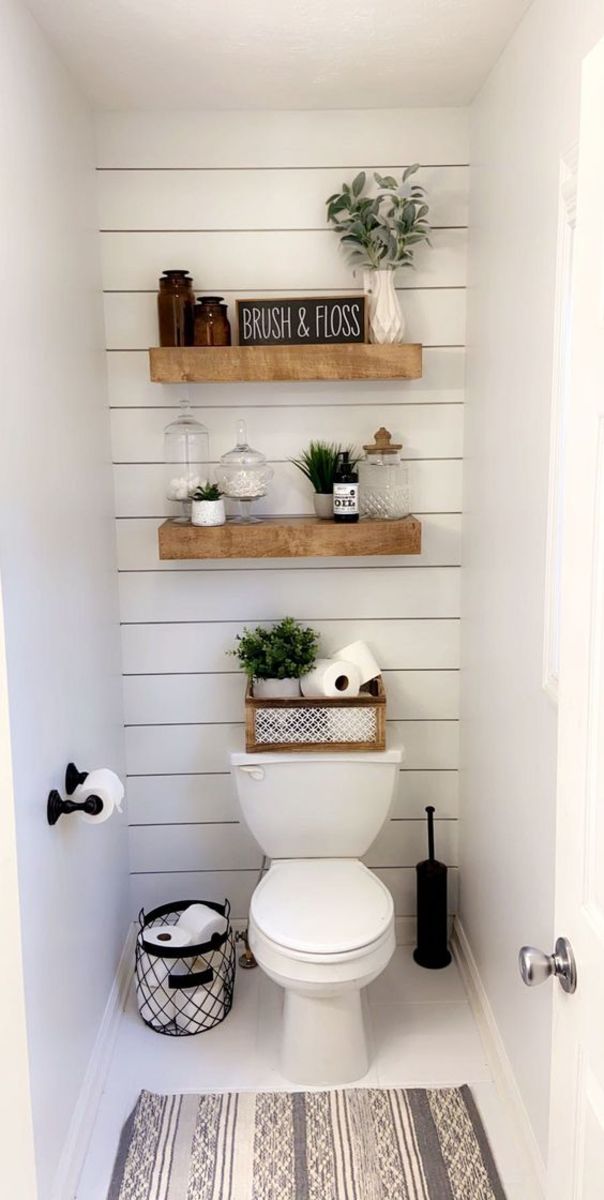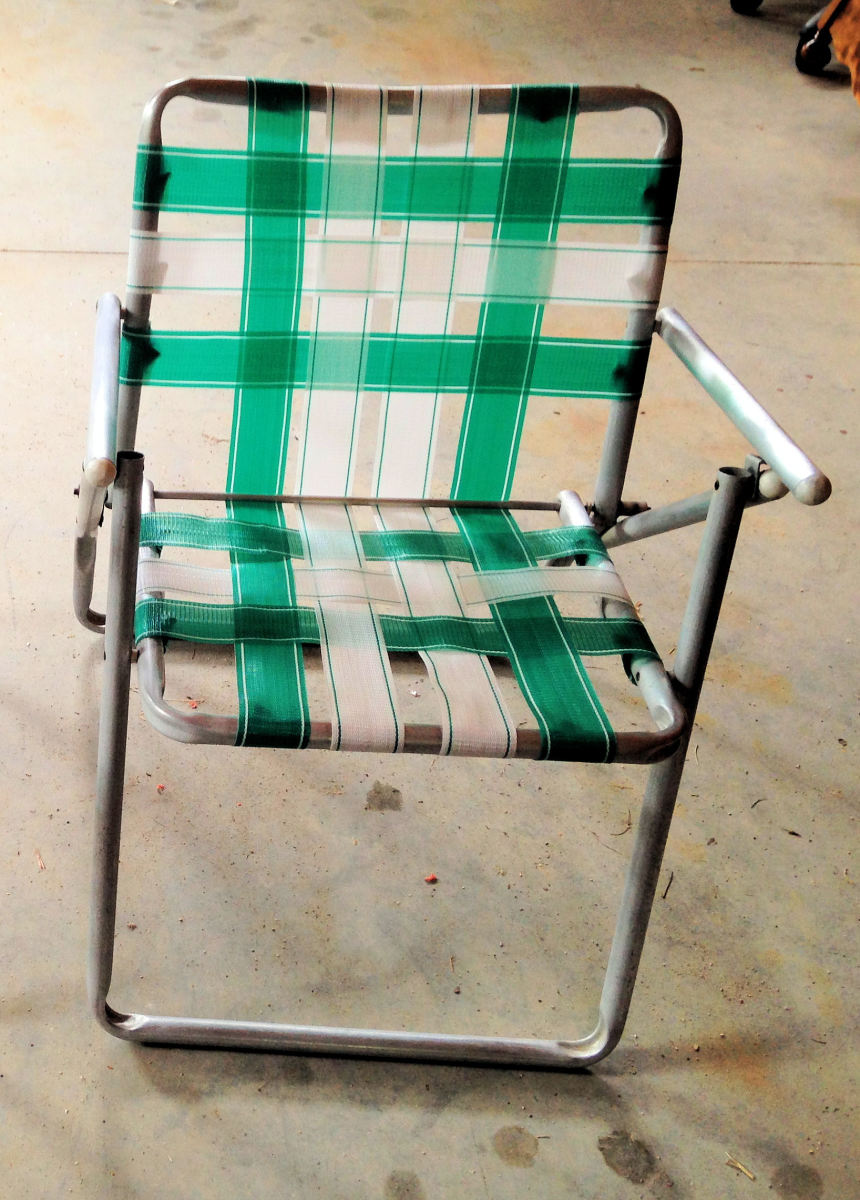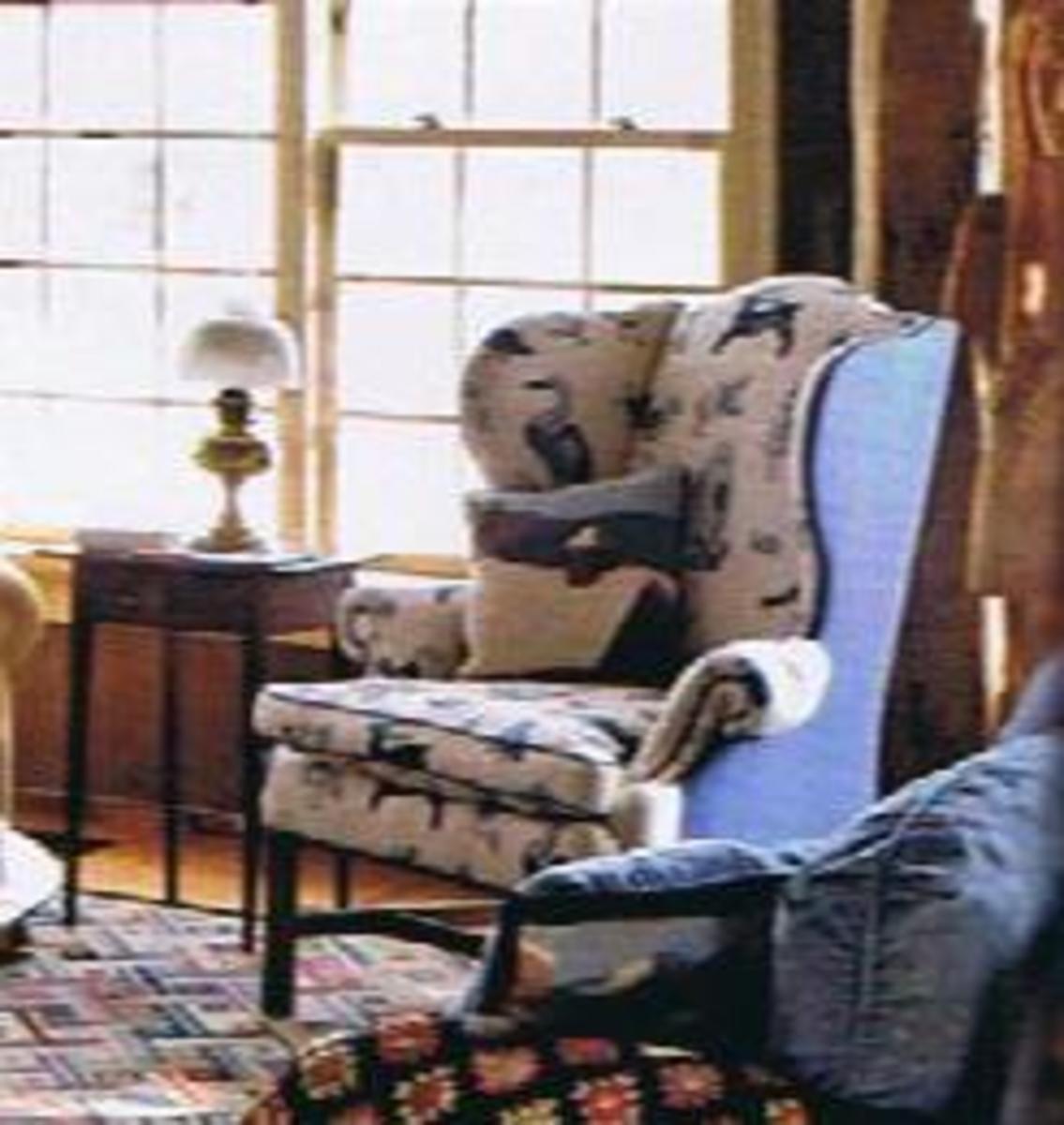Organization Tips for Your Computer Desk
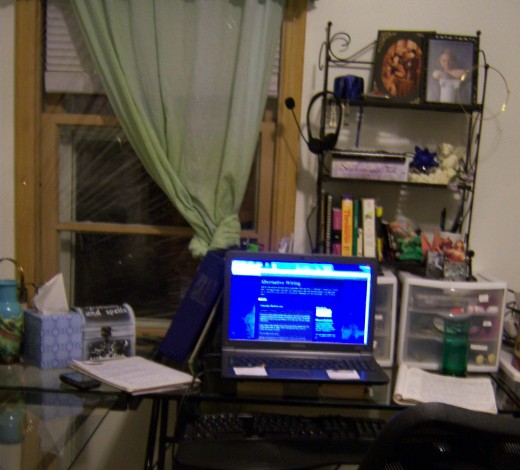
The common saying is that it’s better to work smart than to work hard. In a lot of ways that’s true, and getting your life more organized is a good way to do that. Whether you work at home, are a student or are a hobbyist, your home desk is a vital area to keep organized.
Over the years, I’ve discovered that the zone system works best for me. I write, but I also make jewelry, amongst other things, so my desk reflects that.
You’ll need to customize your space to what you do most often. Really think about what you spend most of your time doing at your desk, and organize around that.
Separate Your Desk Into Zones
Zone
| Purpose
| Orientation on Desk
|
|---|---|---|
One
| Active work
| Usually centered around keyboard.
|
Two
| Reference, easily accessable tools
| Immediately by the work area, either to your dominant side or further back on the desk.
|
Three
| Accessories and pending projects
| Within reach, but further than reference. Often on your non-dominant side.
|
Four
| Storage and extra space
| Furthest spot from zone one
|
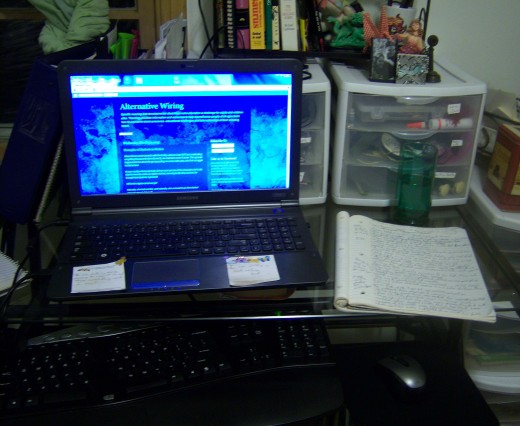
Zone One: Work Area
The first zone is that in which you do your work. Usually, it’s right around your computer. I regularly keep the following in my first zone:
- My laptop
- Keyboard and mouse
- Notebook to take notes in, and later work off of
At the moment, I keep my laptop on a pair of old books that I don’t read anymore, mostly because I haven’t found a riser I like. This is to offer a better way to keep the computer cool, and to save my neck and shoulders a little.
Ergonomics are extremely important to prevent lasting neck, shoulder and wrist problems, like chronic tendinitis.
The chair is also a part of your first zone. It should be comfortable enough to sit in for long period, and allow you to sit up straight.
When sitting down, your thighs should be parallel to the floor. If you can’t lower your chair enough to do this, there are foot rests and risers available to correct the problem.
I also keep separate notebooks for the different projects I have on the go. The one pictured is the one I use for writing hubs.
Because I’m right handed, the notebook is always on the right side of my computer. If you’re left handed and prefer writing notes out manually, your scrap paper or notebook should be on the left side.
The key is to have your work area as comfortable as possible for you. When you don’t have to think about how you need to get at something you’re currently using, you can focus more easily on the task at hand.
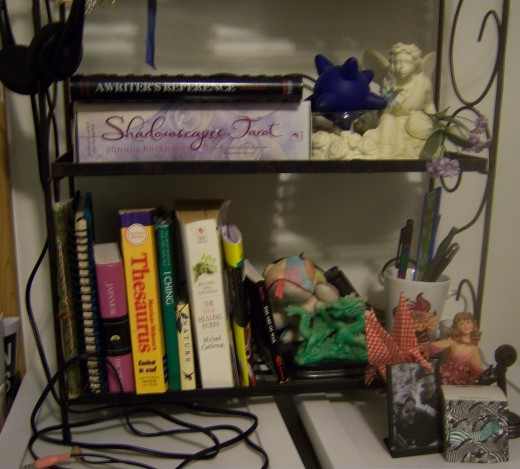
Zone Two: Reference
This area is for books or other things that you use regularly, but don’t use every time you work. It should be in plain view and close enough to reach easily, so you can just grab whatever you need, use it, and put it back with minimal effort.
For example, I keep the following in this zone:
- Extra pens
- Reference books
- Quote books
- Things that spark ideas in my mind and inspire me to keep going
- Sticky notes for reminders, affirmations and the like
This is also where you would keep things like address books, lists of abbreviations and things like that. This can also take the form of a bookshelf by your desk.
I picked the metal fixture I currently use up at a garage sale quite a few years ago. There are quite a few shelving options available that you can install yourself.
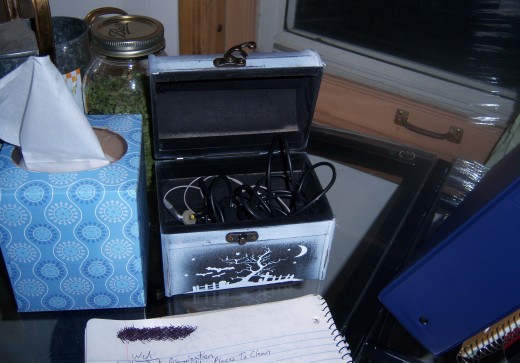
Zone Three: Accessories and On-Deck Work
I put this zone is on my left, where I don’t often look or need to reach during the course of active work. It works for me, but left-handers would probably do better with this zone on the other side.
My third zone has:
- Materials for projects on deck (blog notebooks, story binder, etc)
- To-do list
- Tissues
- Desk lamp
- An entertaining chest for chargers and miscellaneous hook ups for my computer
If you have homework for multiple subjects, this is where you’d organize the work you have for different classes, so you can grab it, finish it and move on.
I look at it as an in box for future tasks.
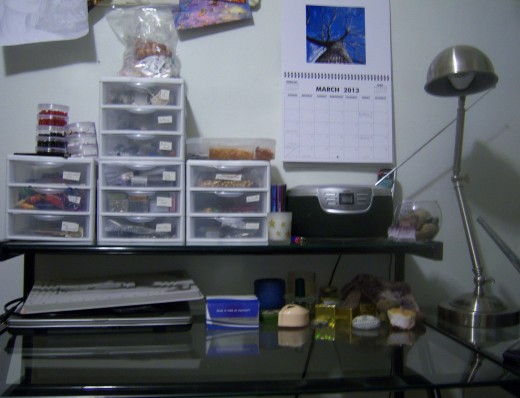
Zone Four: Space and Storage
If you’re lucky enough to have enough room, the zone furthest from your work zone is for storage and open desk space. I bought this desk with jewelry making in mind, so I needed a good area on which to work.
However, this area isn’t necessary for everyone, although it’s very nice to have. If you don’t need a lot of surface area, this space gets cluttered very easily.
Storage always poses a challenge, regardless of what you do. Desk storage can be especially challenging, because you may not always know what you need.
I’ve found a lot of truth that the concept of less being better. Although I have a lot of crystals and nick knacks around, I also have enough space to work in, because I only keep what tools I need on the surface of my desk.
Everything else is tucked away in compact drawers or propped on shelves. It comes down to figuring out what you use most often and keeping that ready to use. Everything else can be stowed.
Most desks come with one or two drawers, which can be convenient, but the temptation is to stow things that don’t belong in them to sort out “later”. In this case, you can actually convert your top drawers to being part of your Zone Two, and the ones further down for either storage or to hold reference materials.
My desk has no drawers, so I opted for clear, plastic drawers found at a local big box store. These work perfectly for me because I could label them easily, and see inside them without opening them first. This cut down on time otherwise spent hunting greatly.
Others have luck with filing cabinets, shelving and other options.
The Basics
When it comes down to organization, the primary things to remember are:
- What will you do at the desk?
- What do you need to do the work well?
- How much space do you use?
- What’s the easiest way to store things while keeping them organized for you?
It took me quite a while to establish the system I have now, and I expect it to change as my life progresses, but the core elements will remain the same. This will probably hold true for a lot of you, too.




